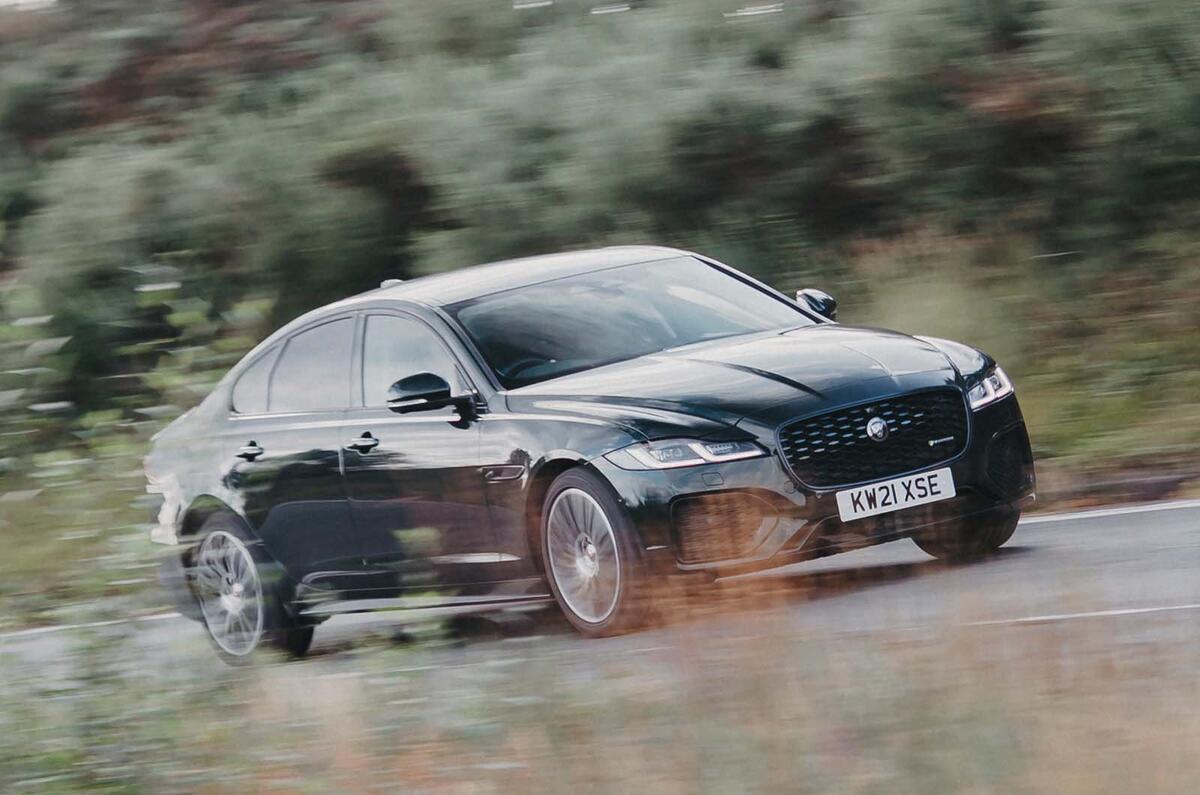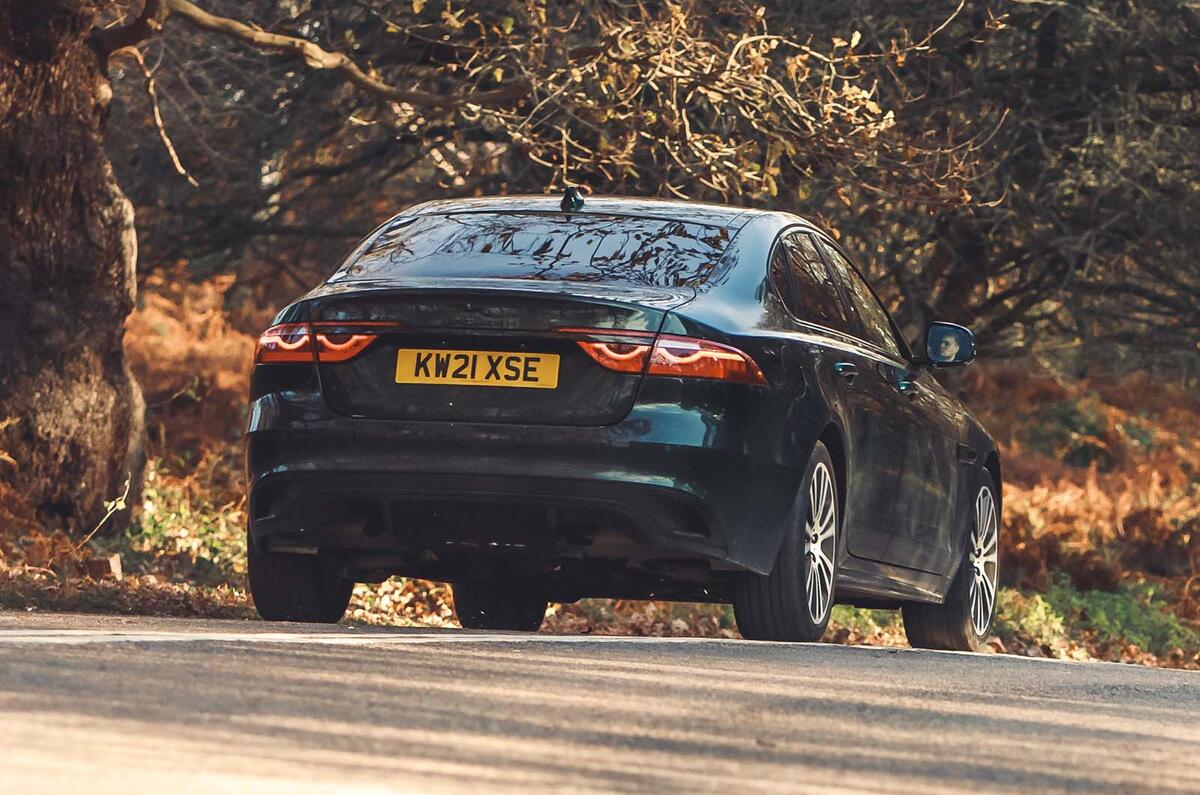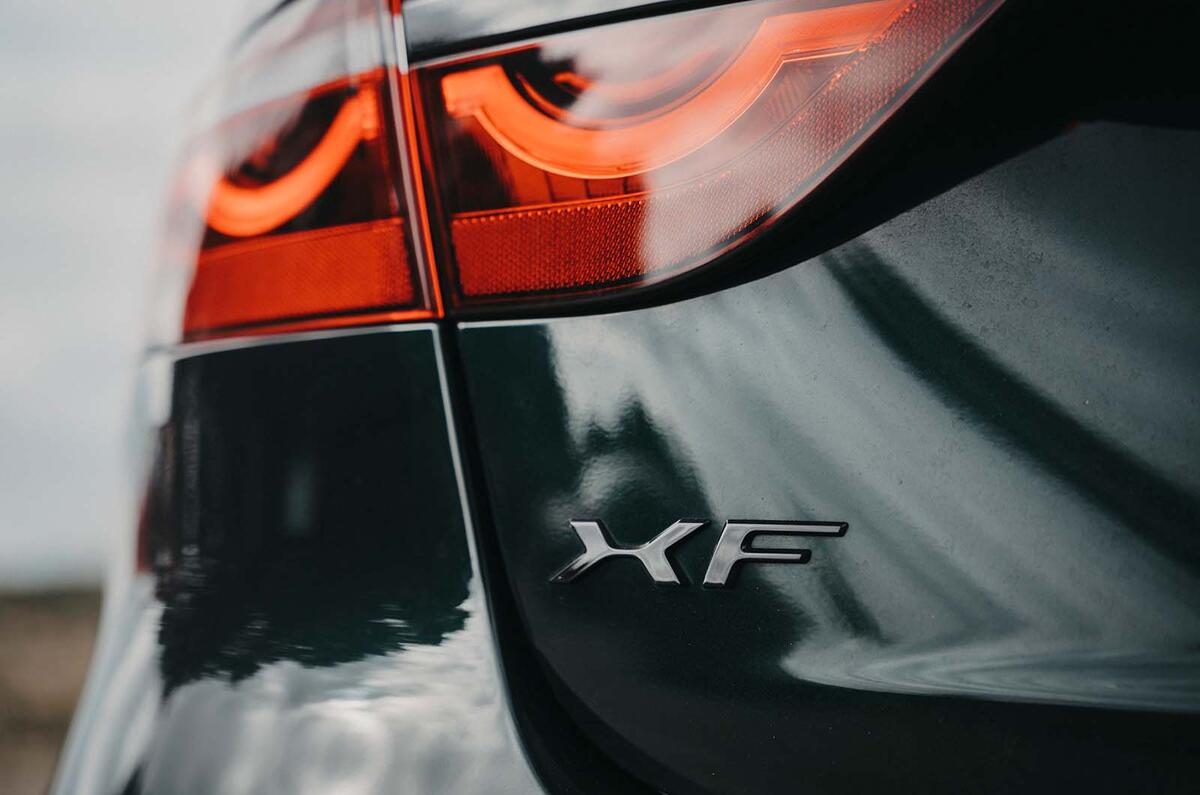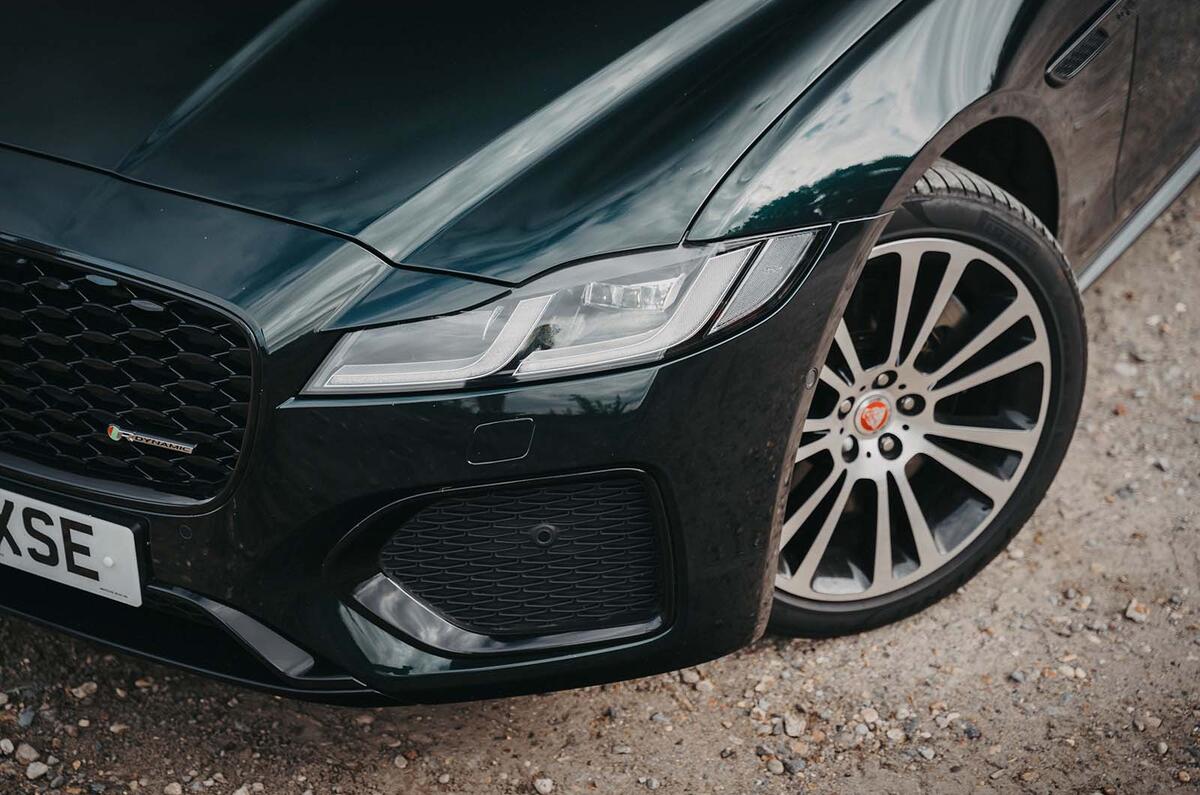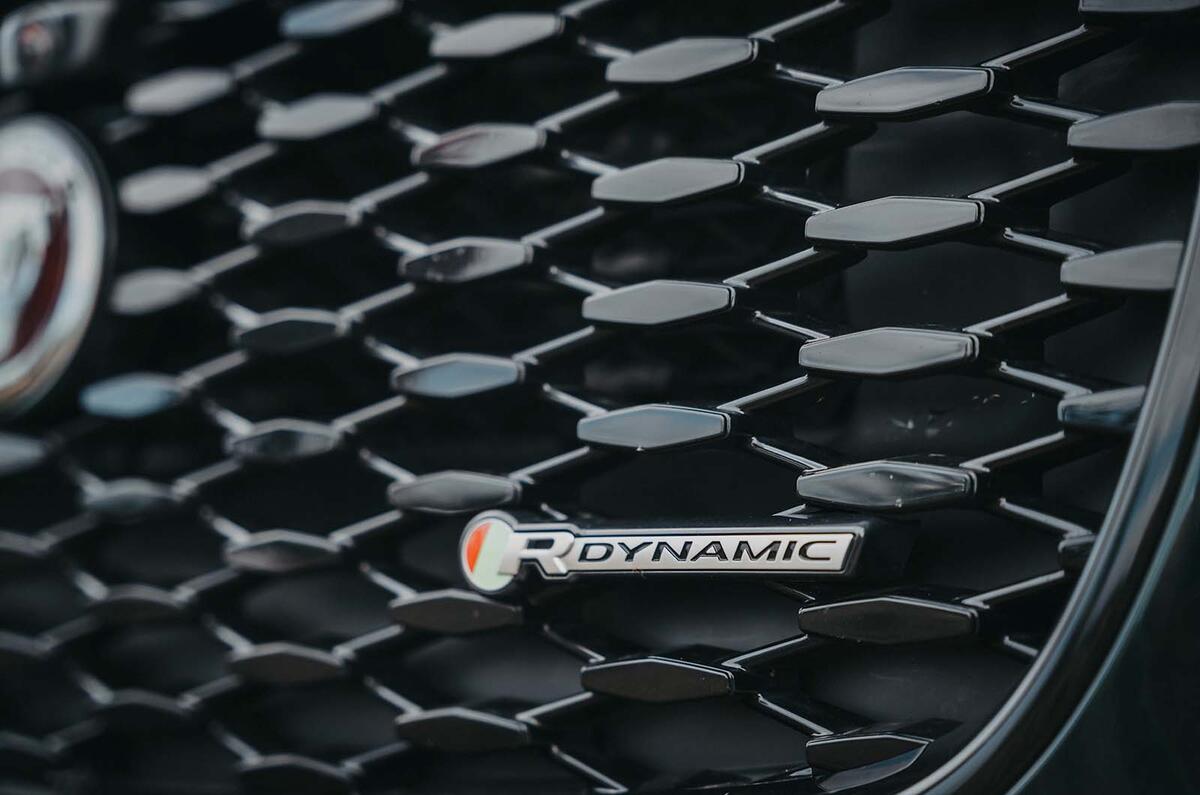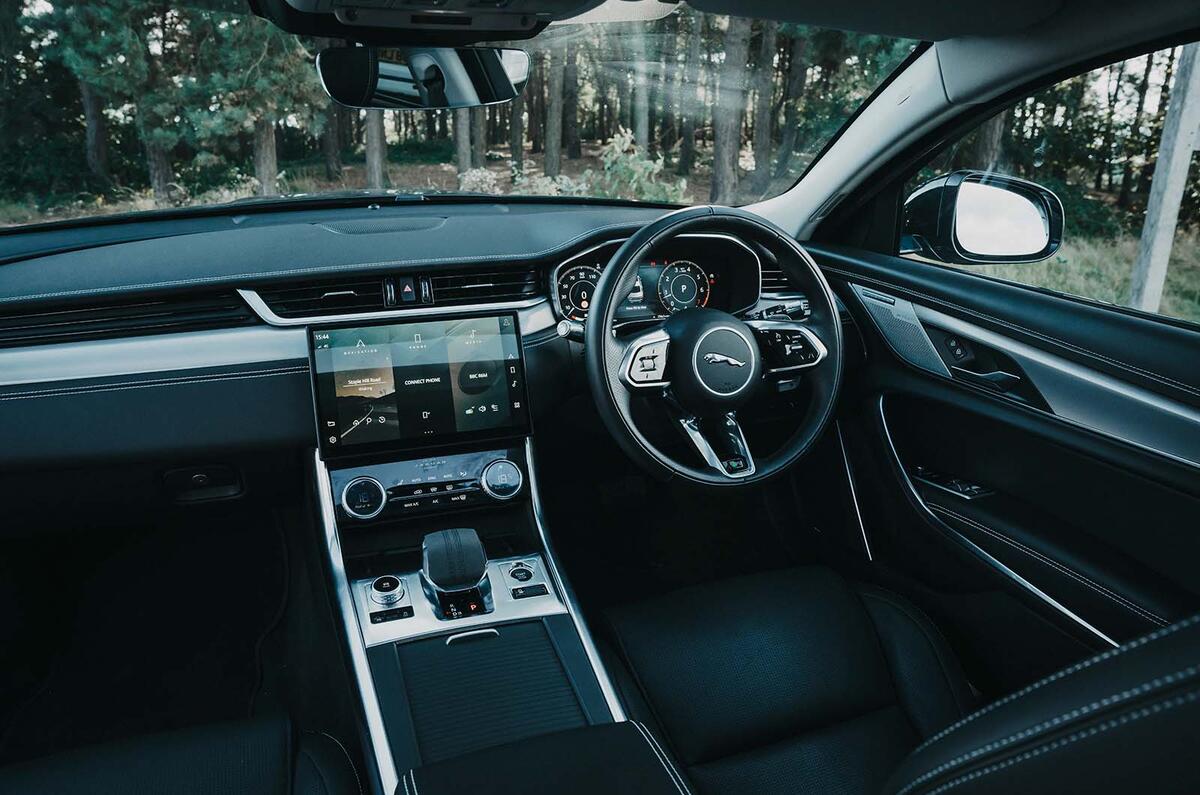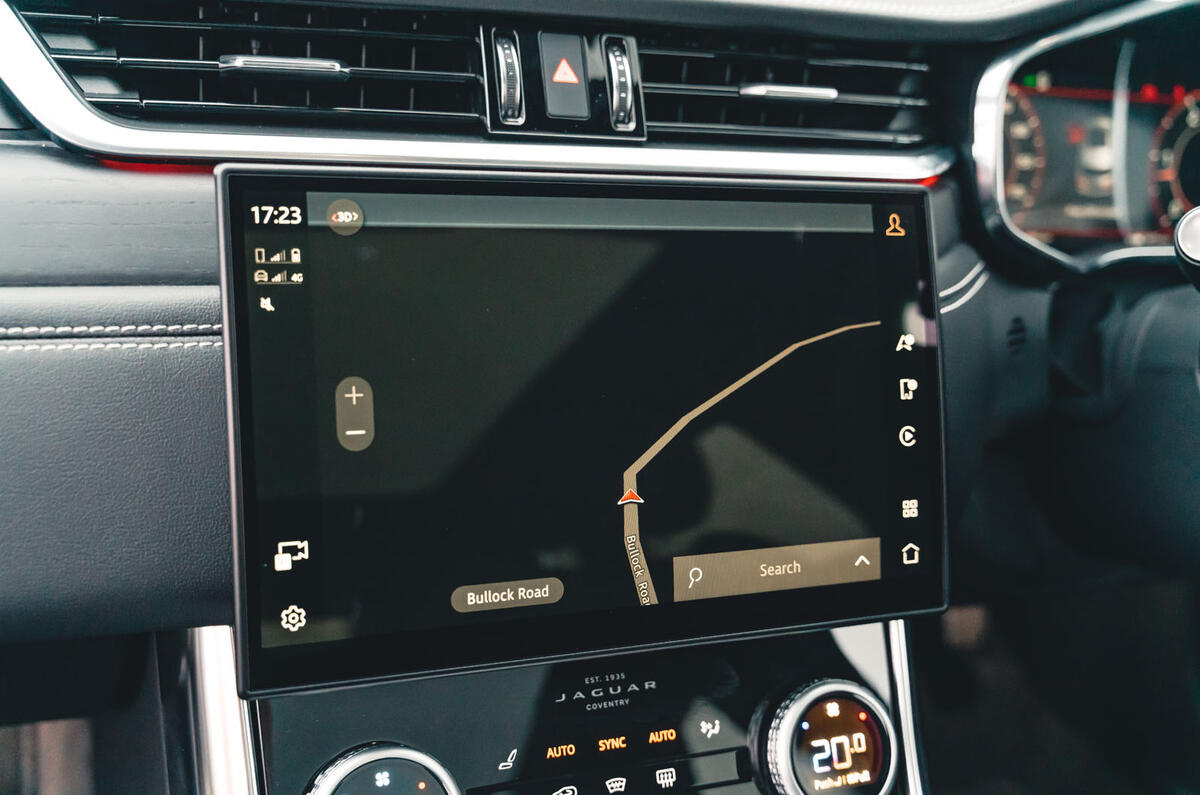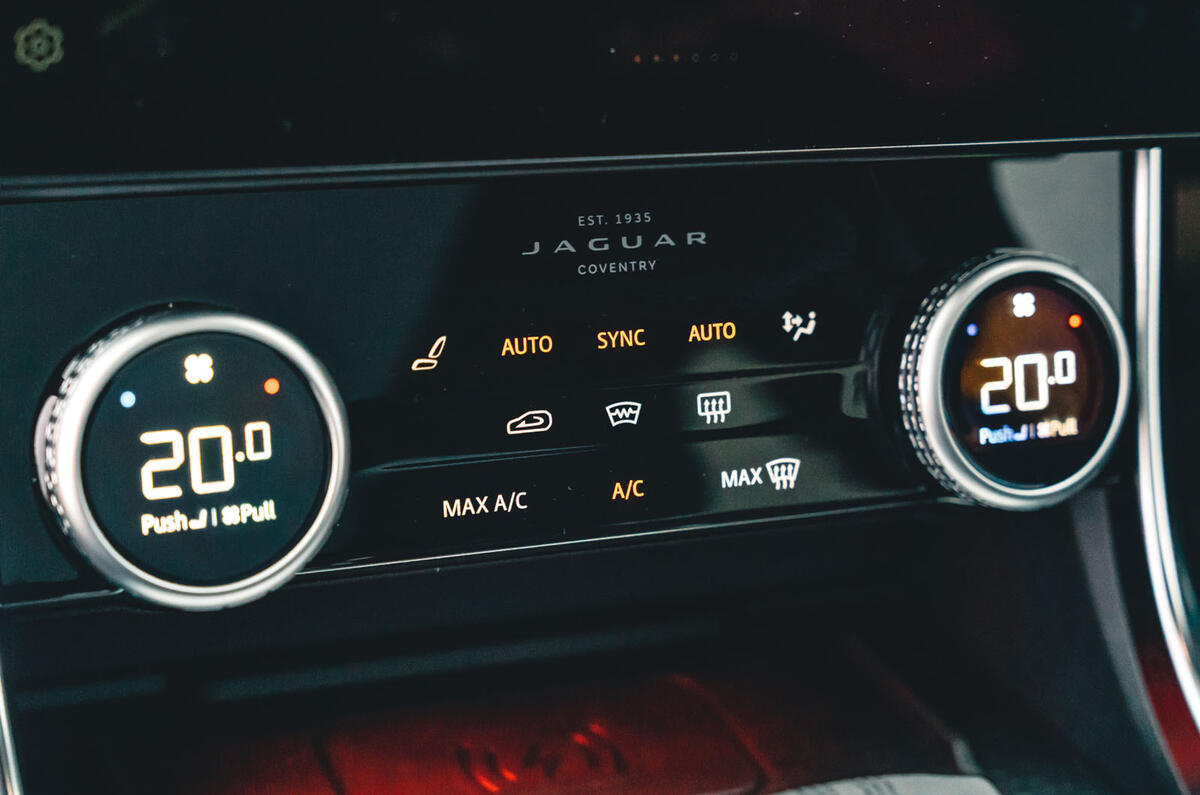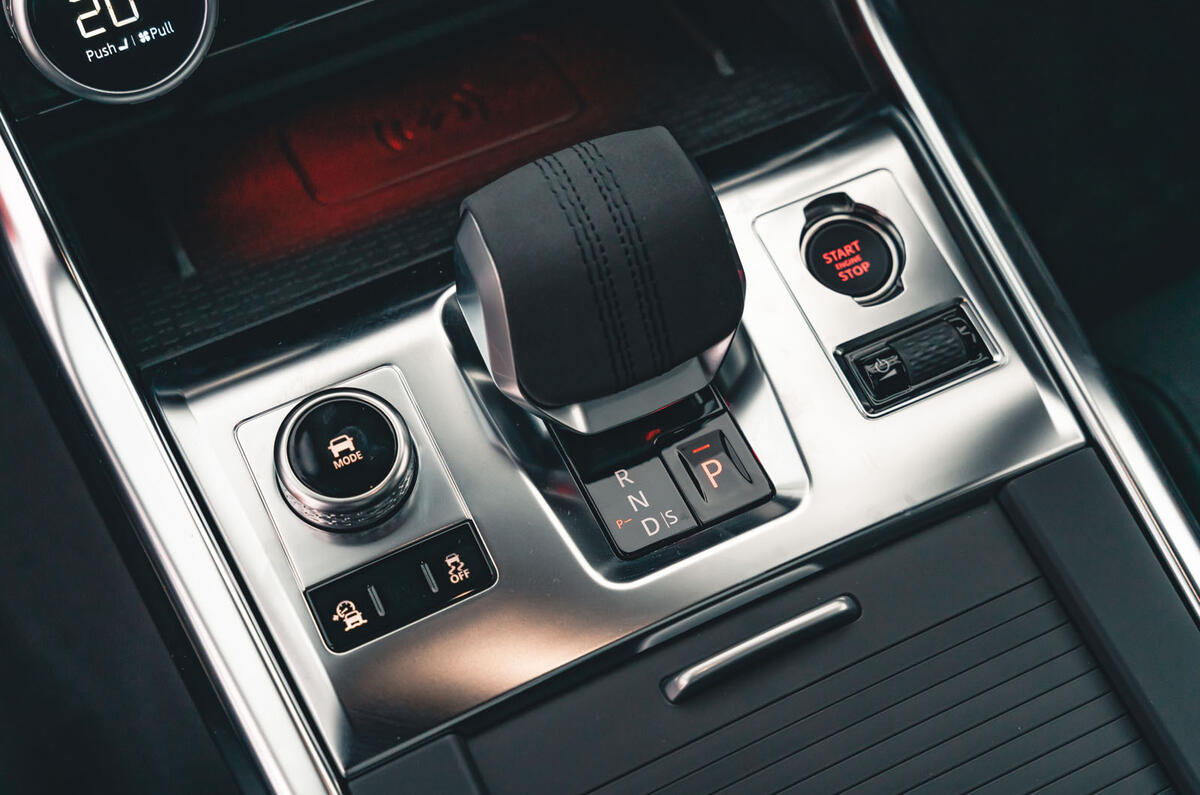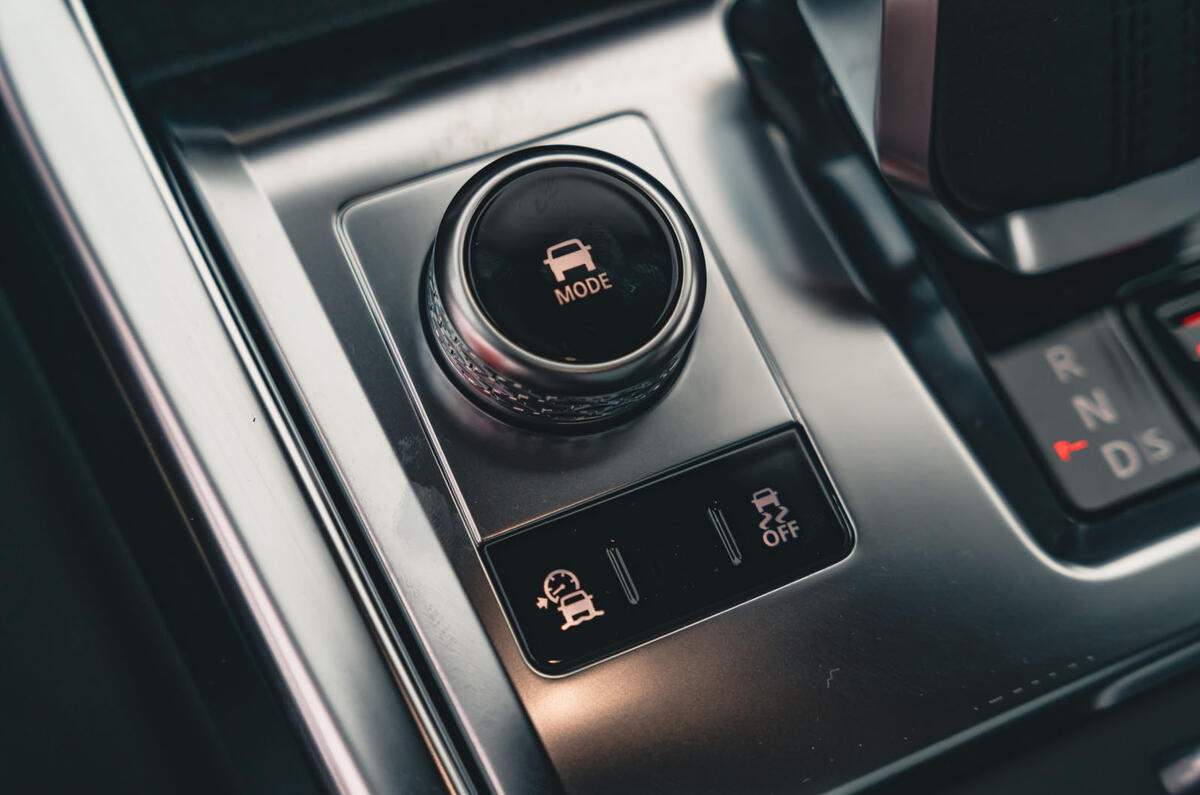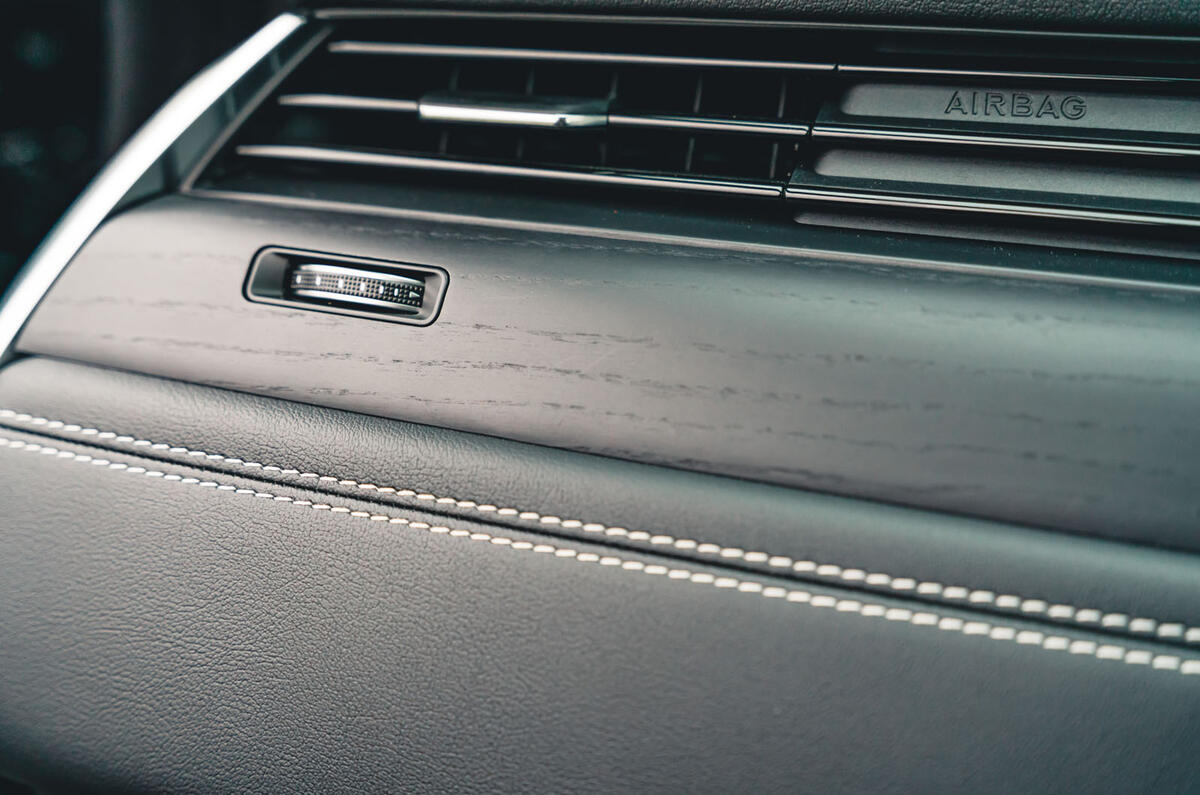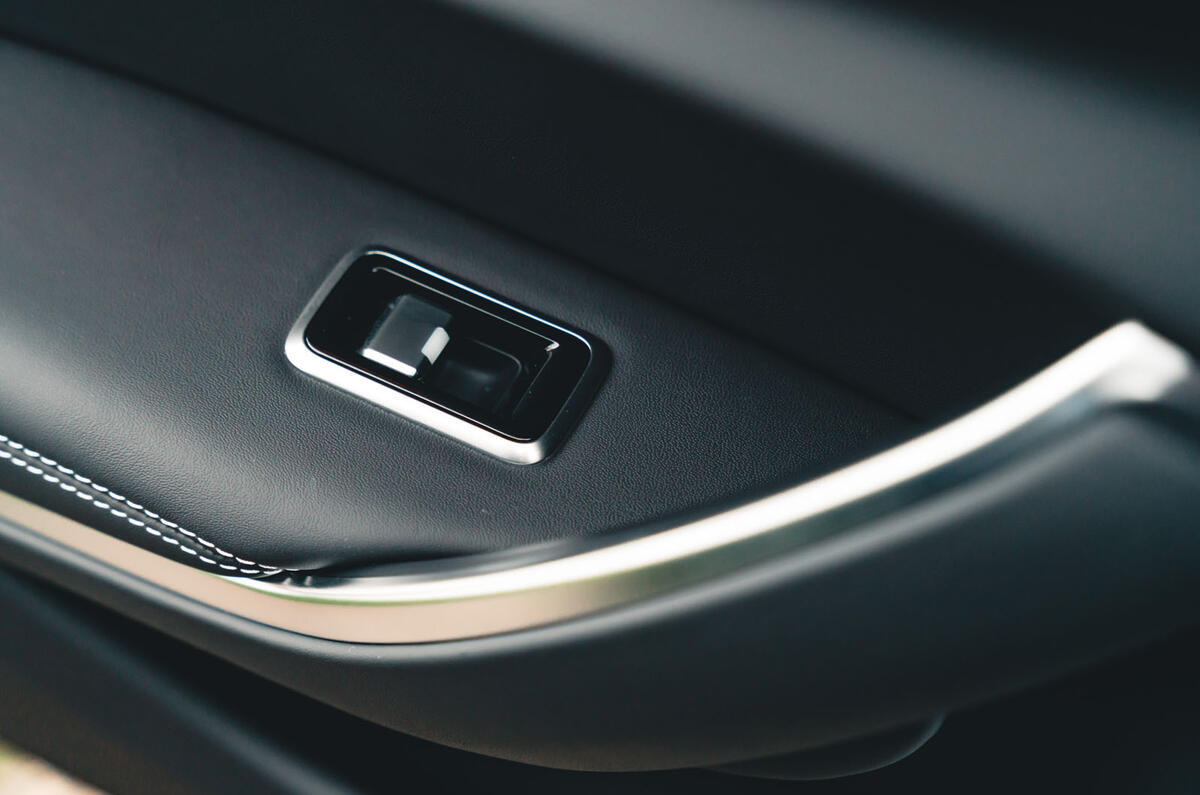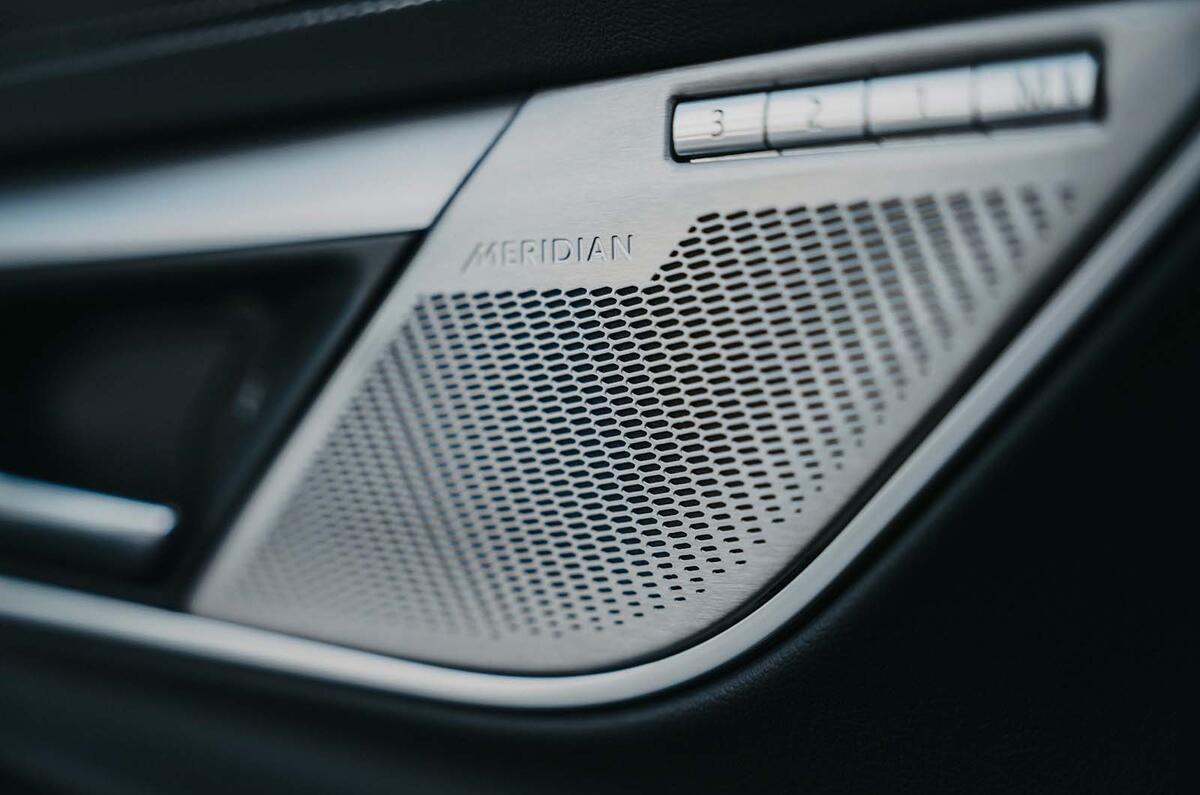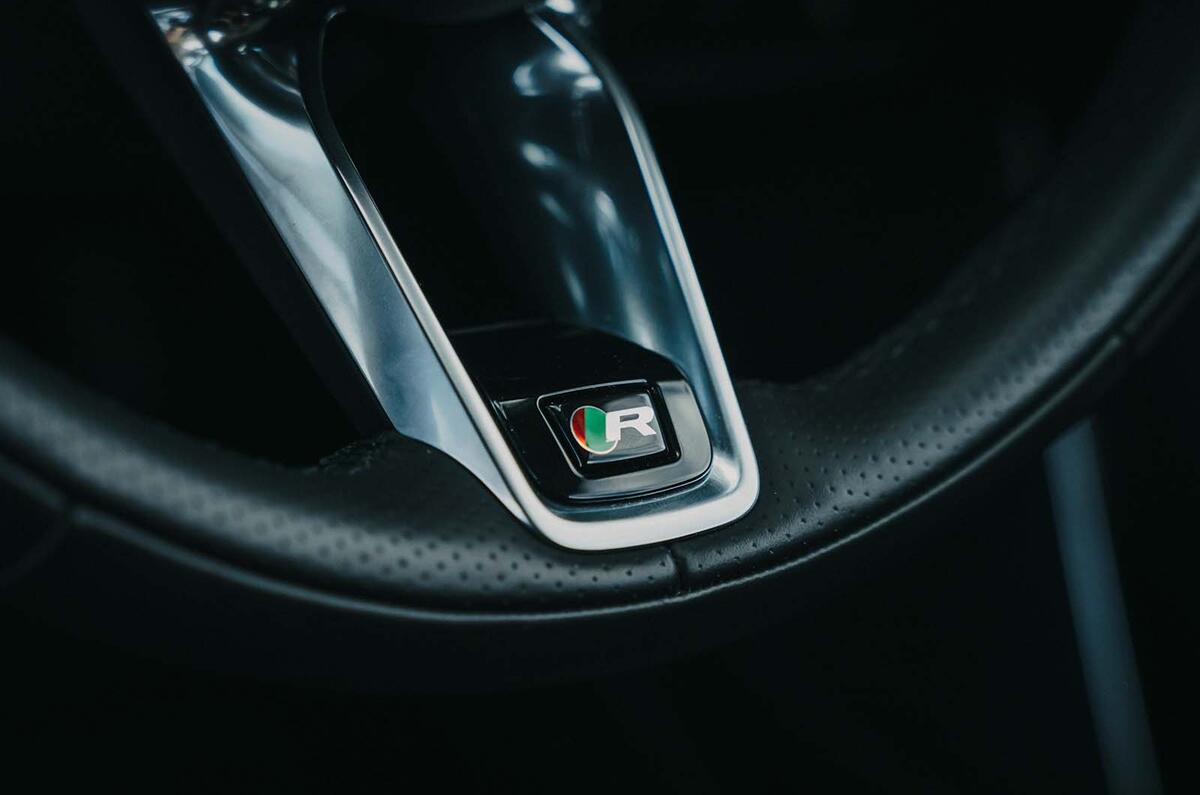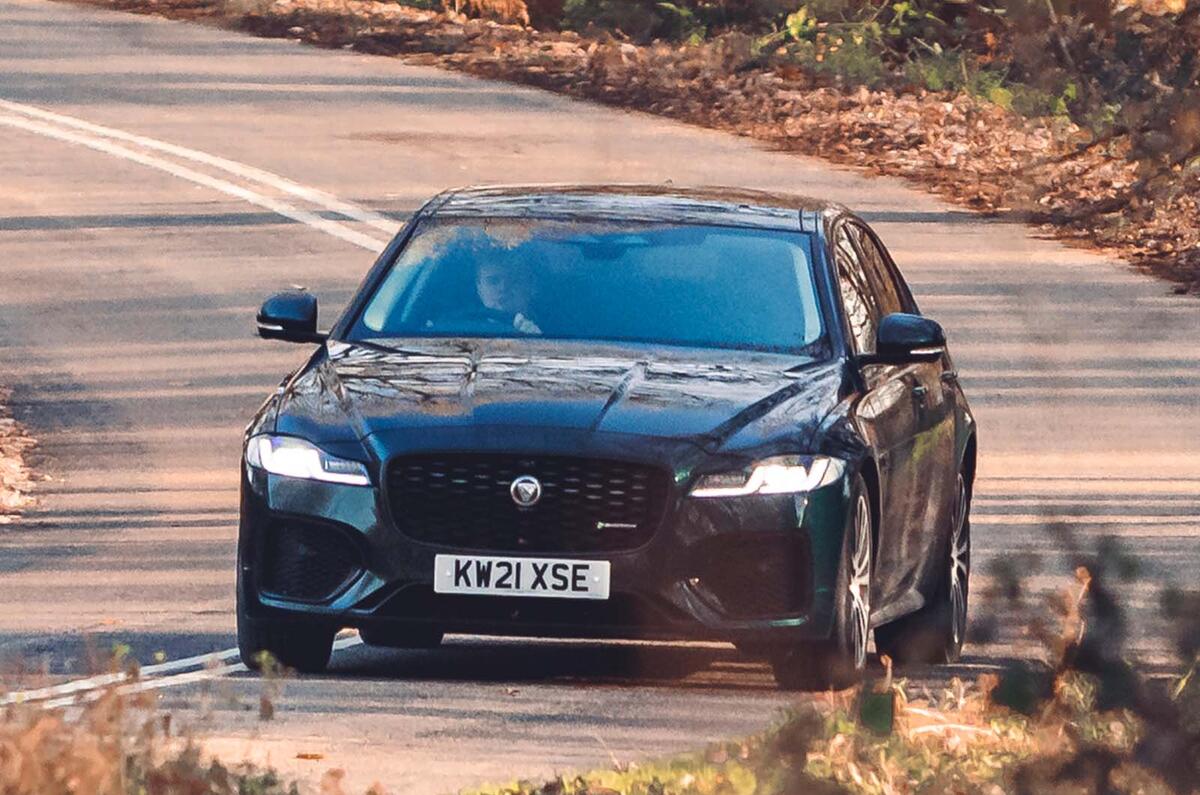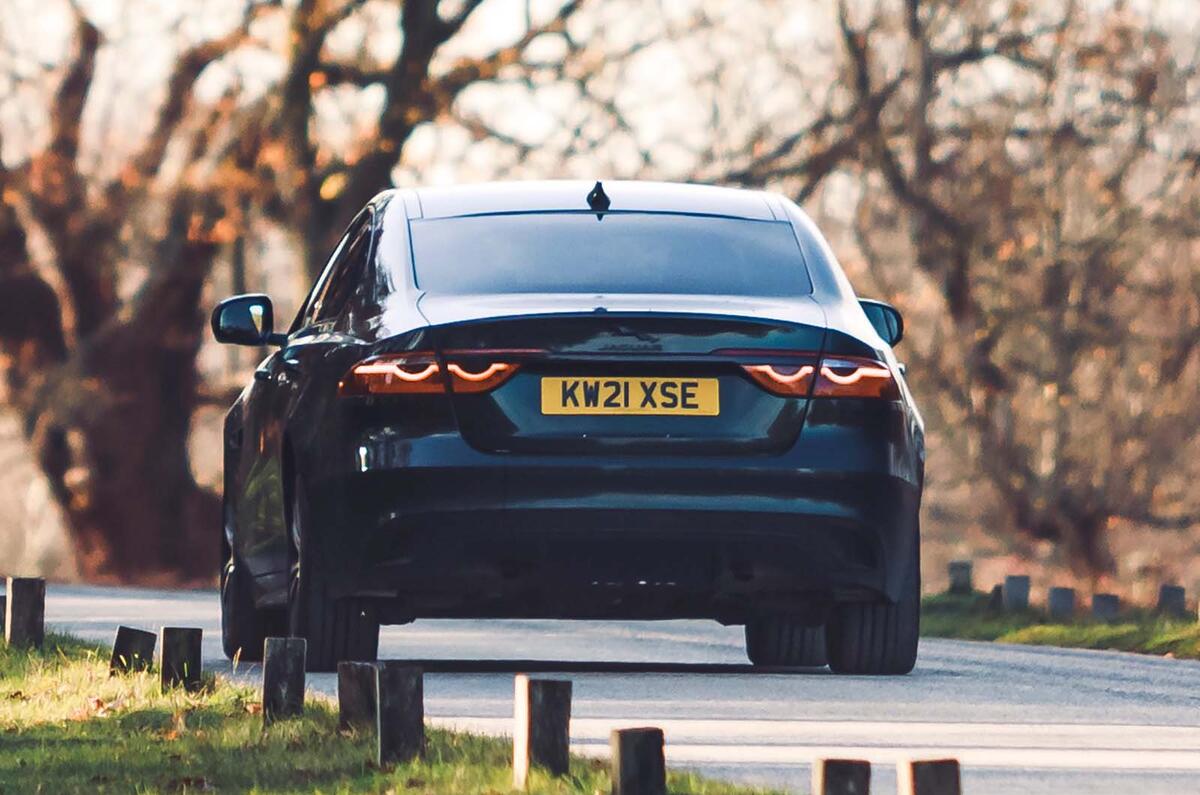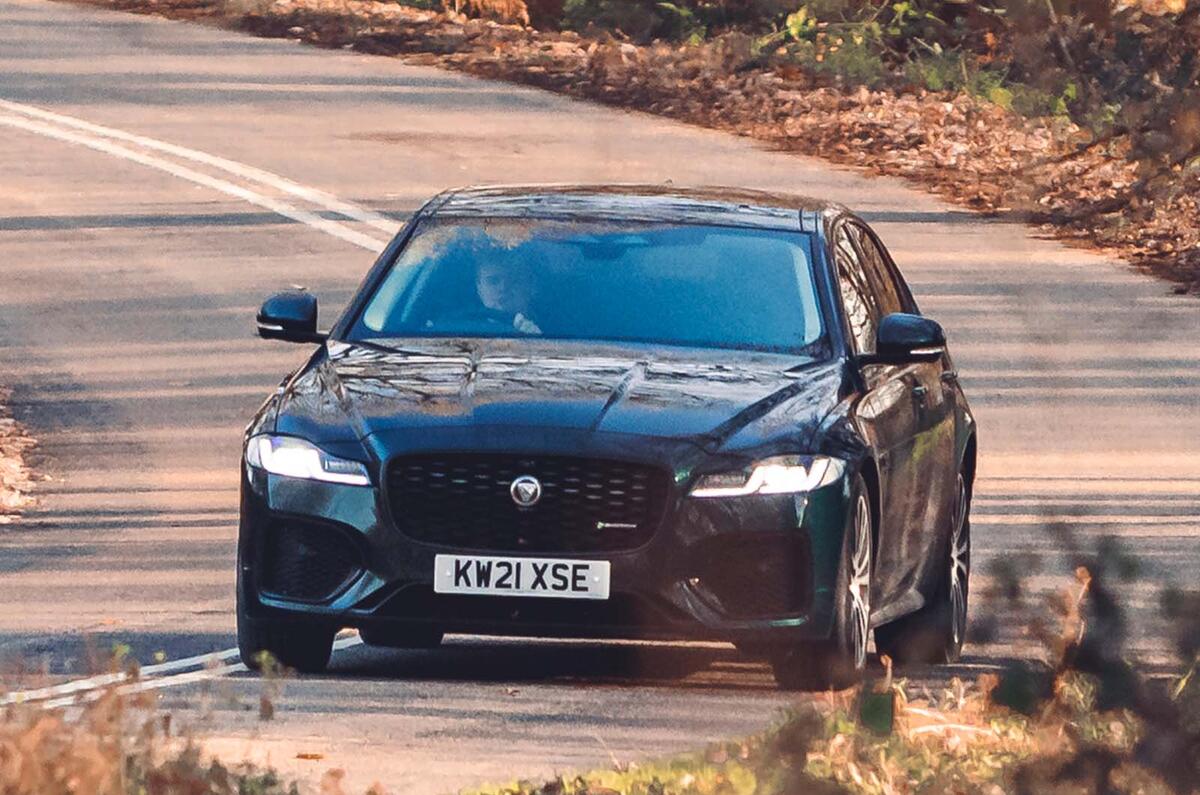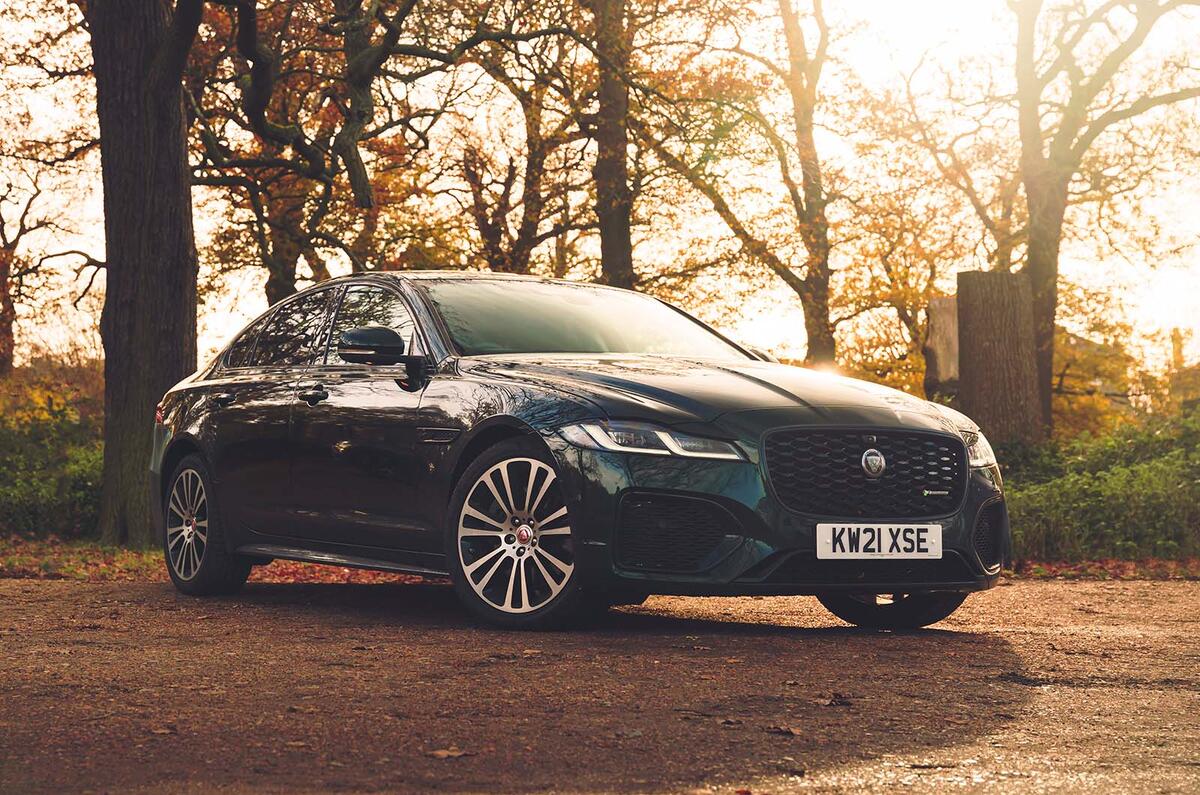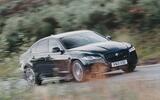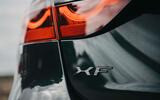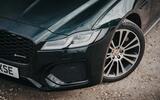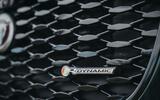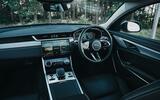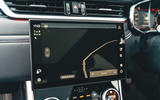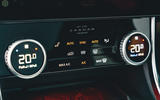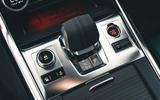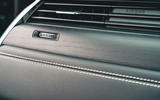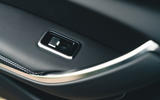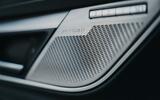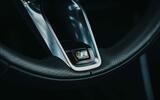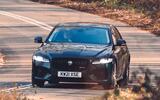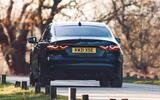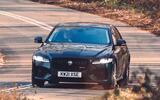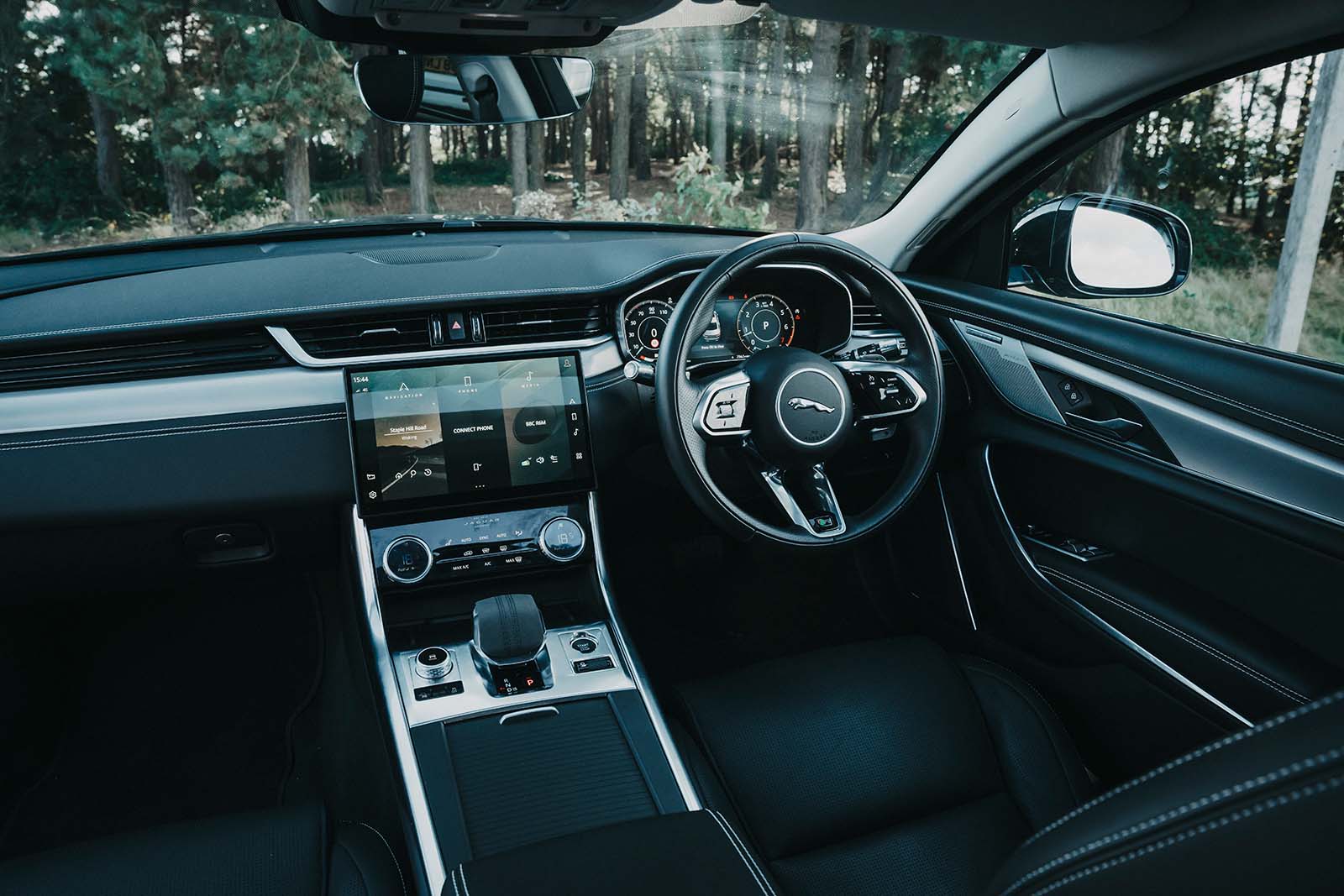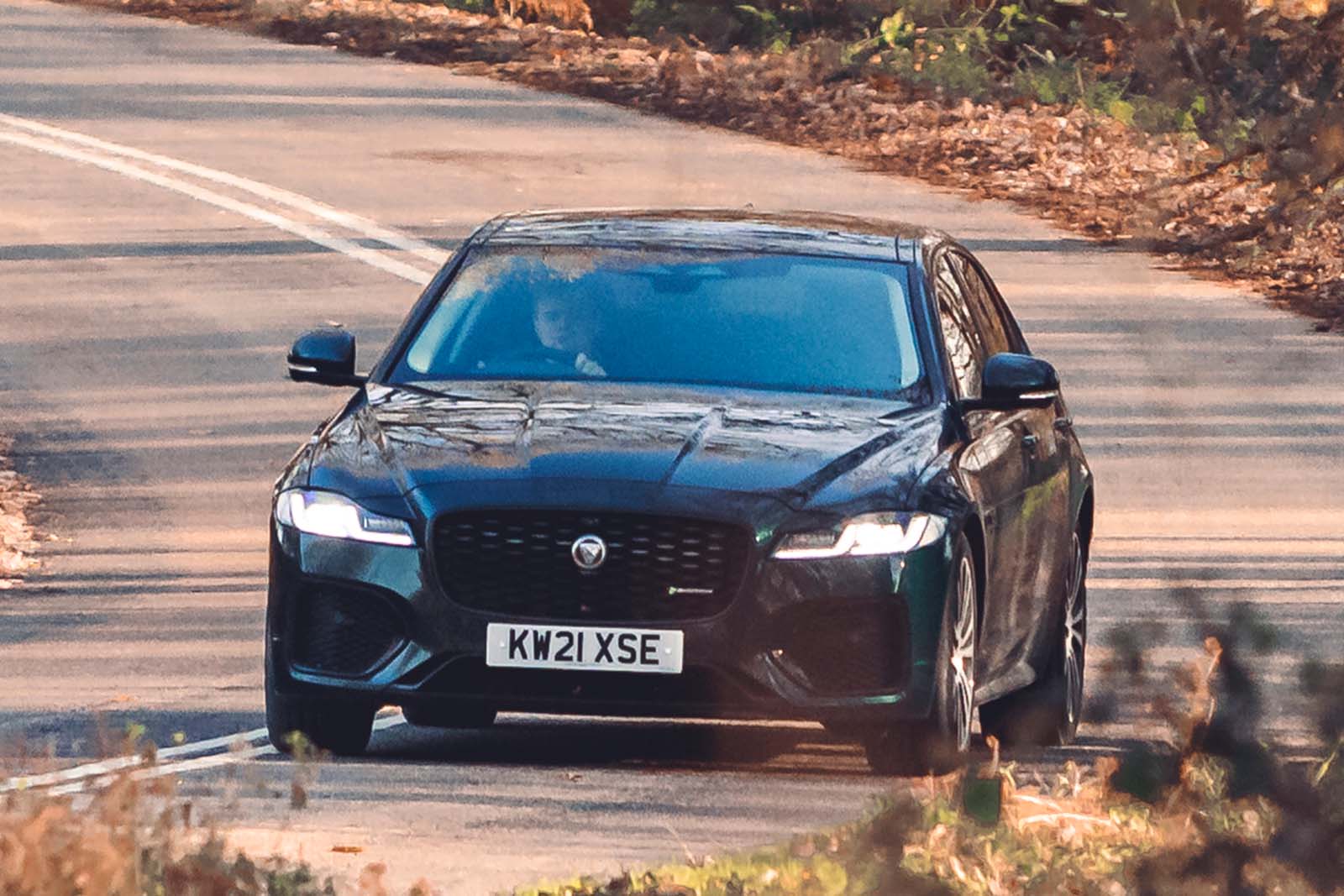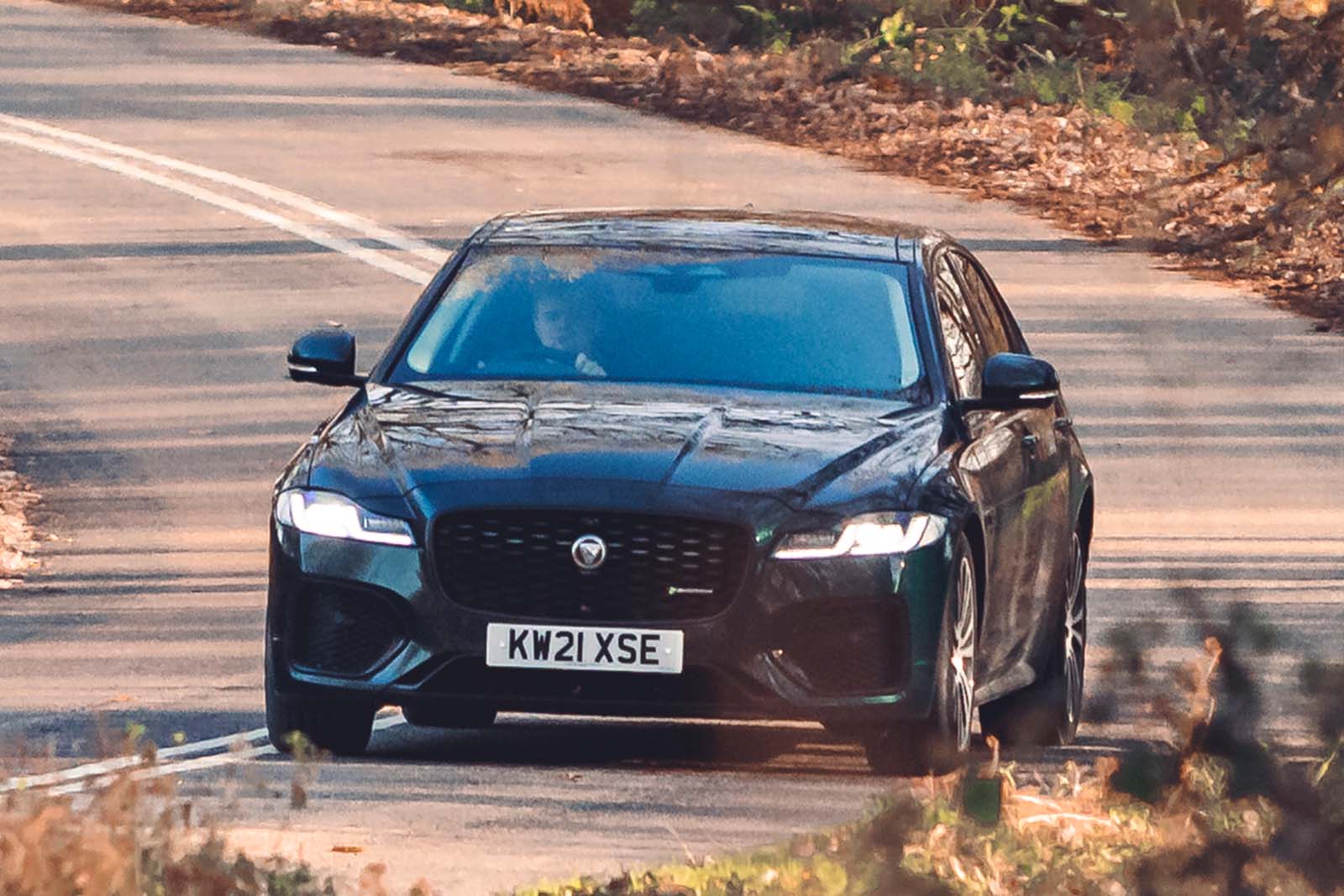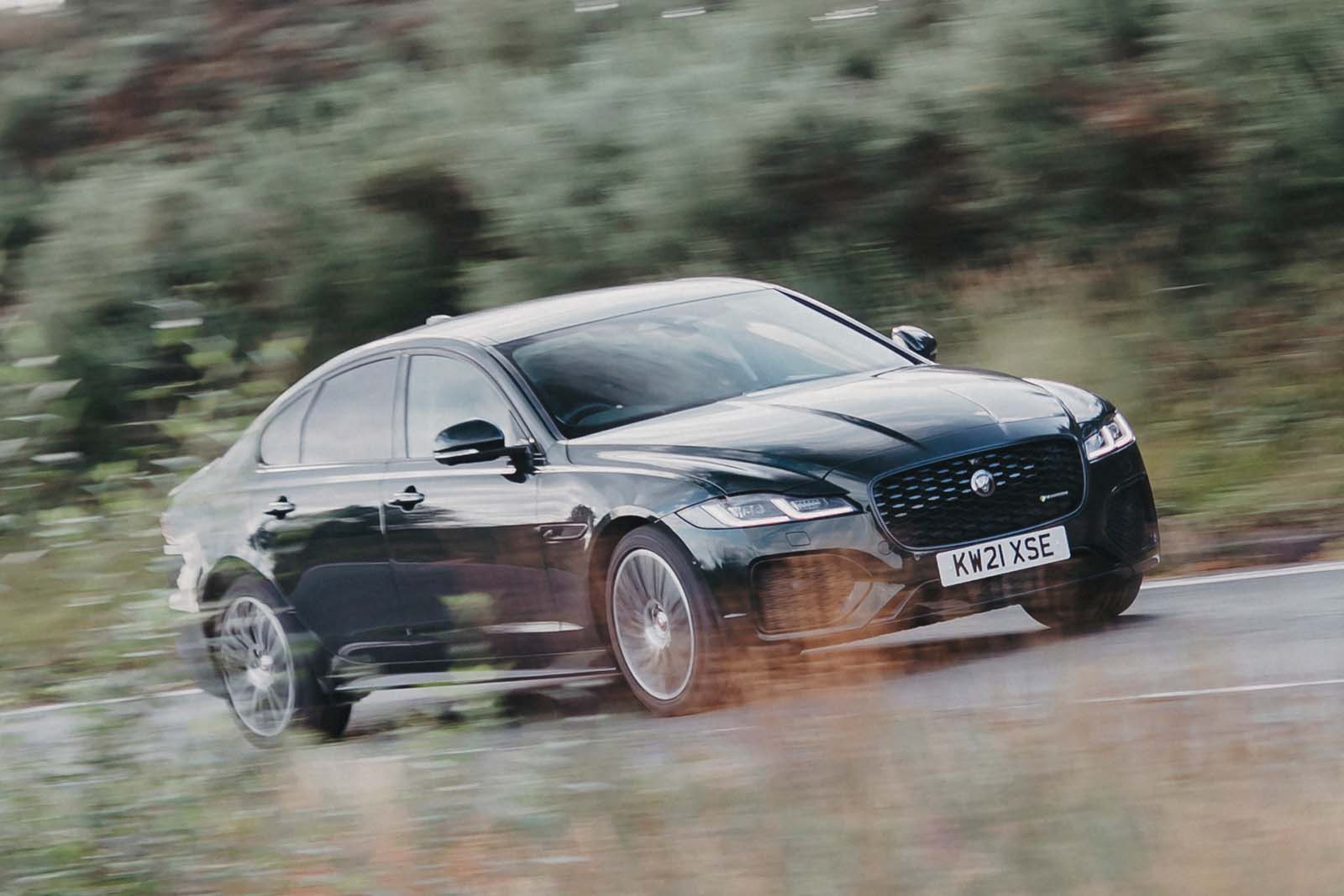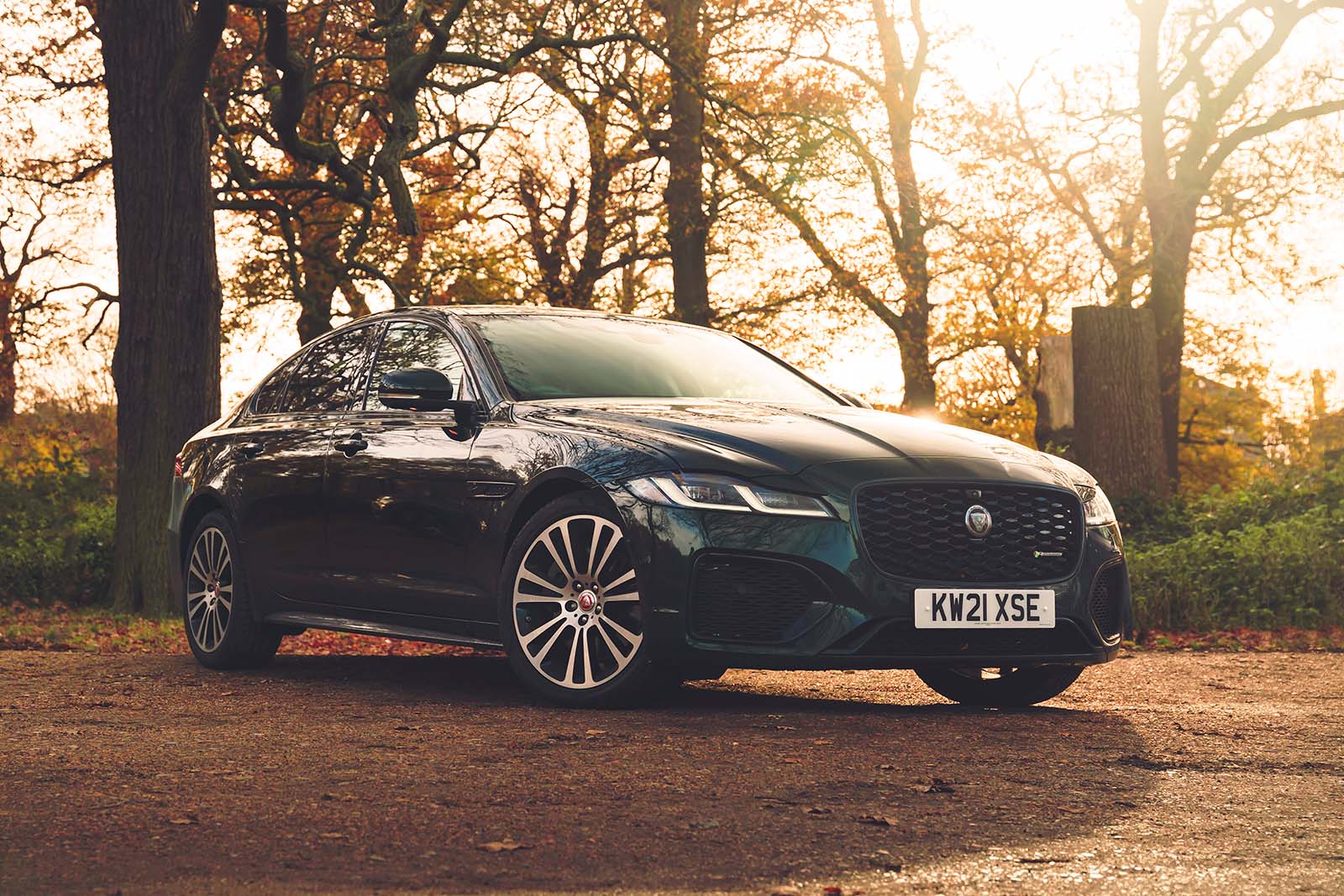The Jaguar XF was introduced as the car that promised to right the wrongs its company had been suffering from for many years.
Soon after, this four-door saloon became one of its core models and went on to save Jaguar from declining sales and financial ruin. Many years and two generations on, it's a car we still like, not least because of its class-leading handling, handsome styling and competitive pricing.
This latest version promises to be no different, with subtly rejigged styling over the car it replaces, improved interior quality, a new infotainment system and a simplified range of engines.
It was back in 2021 that Jaguar first cut XE and XF prices in rather eye-catching fashion. Since then, it has only slightly increased the price, but a top-of-the-line XF still comes in at nearly £10,000 less than a like-for-like BMW 3 Series, and it's the same story with a full-house Mercedes C-Class (and, don’t forget, this was a car designed to compete with rivals from the class above). Suffice to say, the outlay for this car is about the same as you would pay for a middling electric car.
If you're looking for some extra practicality to match the cost savings available, you can also have the Jaguar XF Sportbrake, which we've reviewed separately.
Has Jaguar finally got this car’s specification and value positioning right then, just as so many company car buyers have become wedded to the low-emissions electrified powertrains, tech-laden interiors and low benefit-in-kind rates with which it can’t compete? Let's find out.




